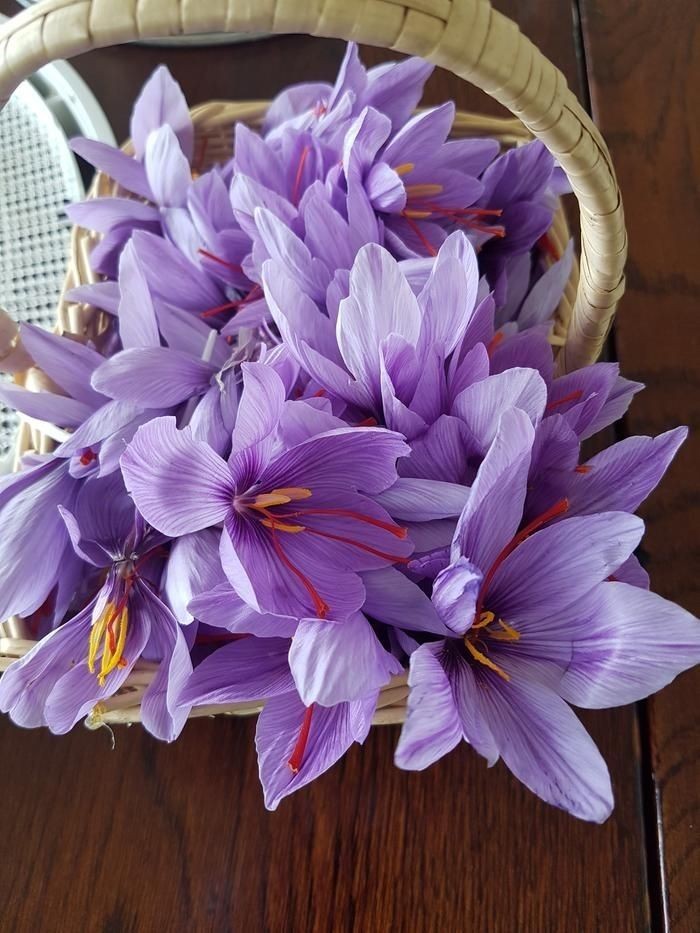Categories
The latest content
-
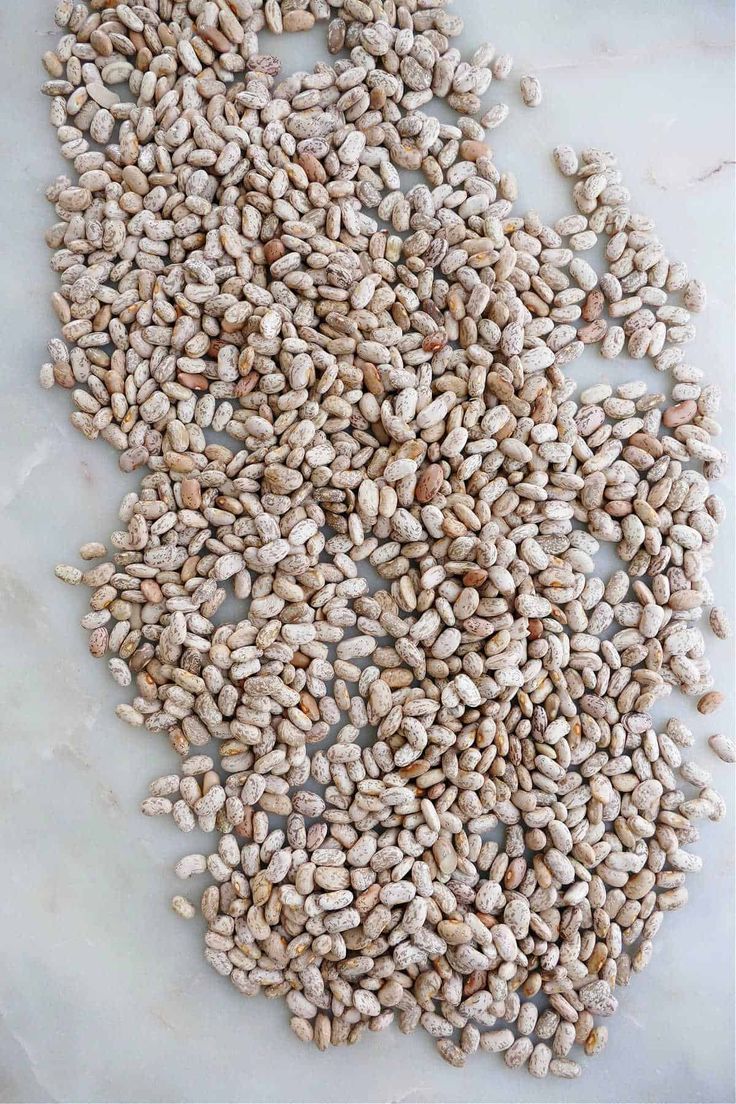
Customs Clearance & Import Regulations for Bulk Iranian Pinto Beans in EU, Middle East & Africa
..
-
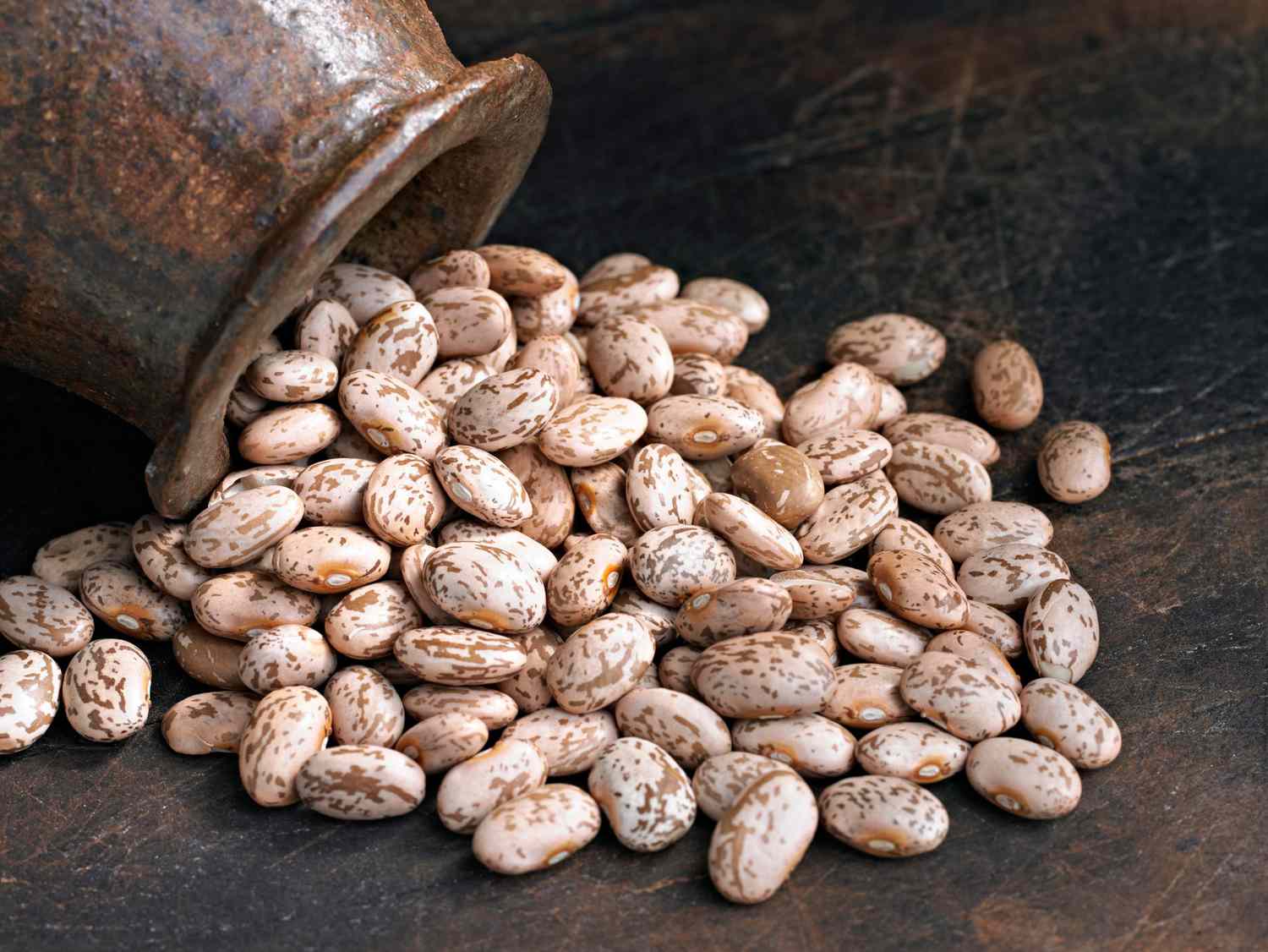
Quality Control & Laboratory Testing Standards for Iranian Pinto Beans
..
-
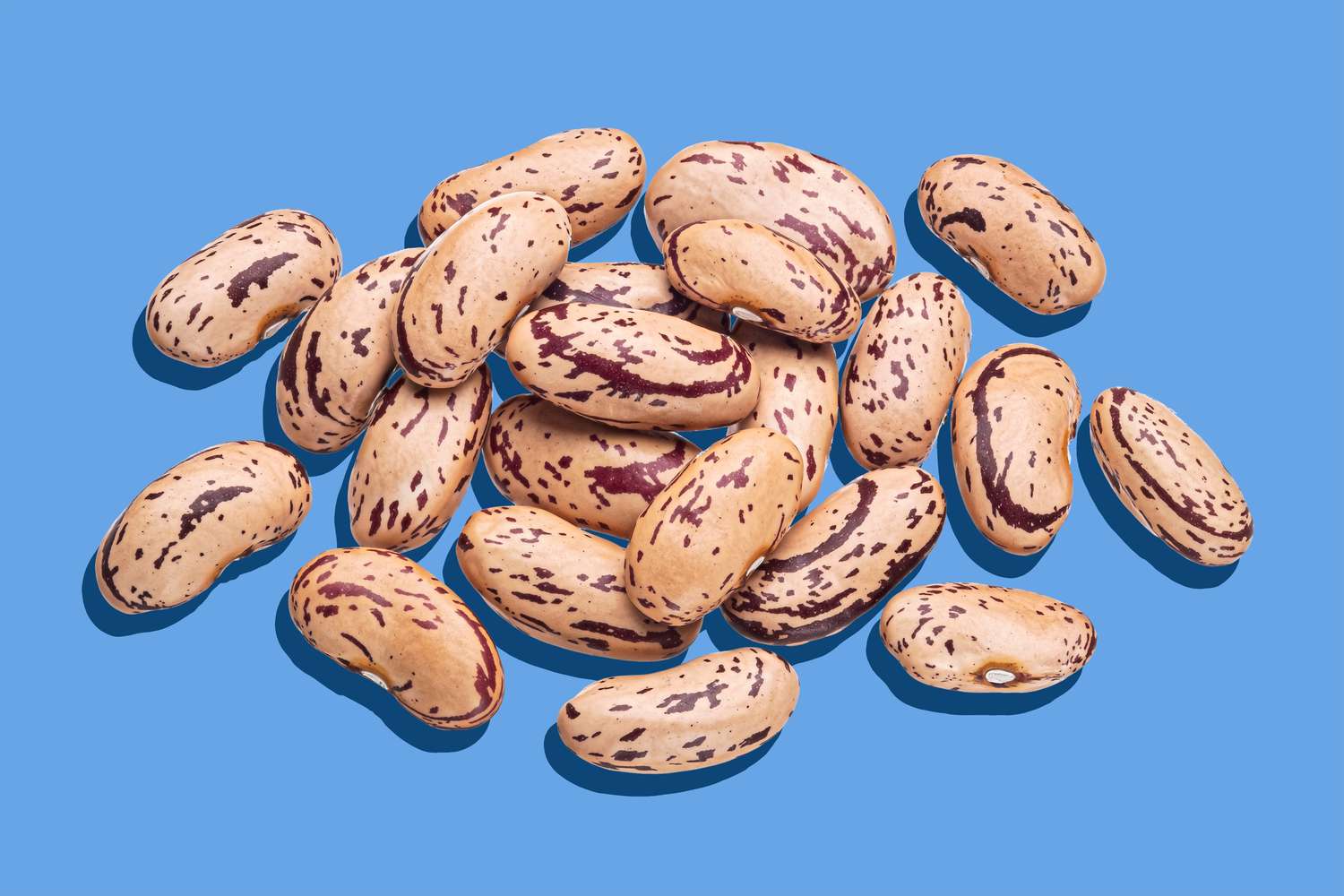
Logistics & Shipping Solutions for Bulk Iranian Pinto Bean Exports
..
-
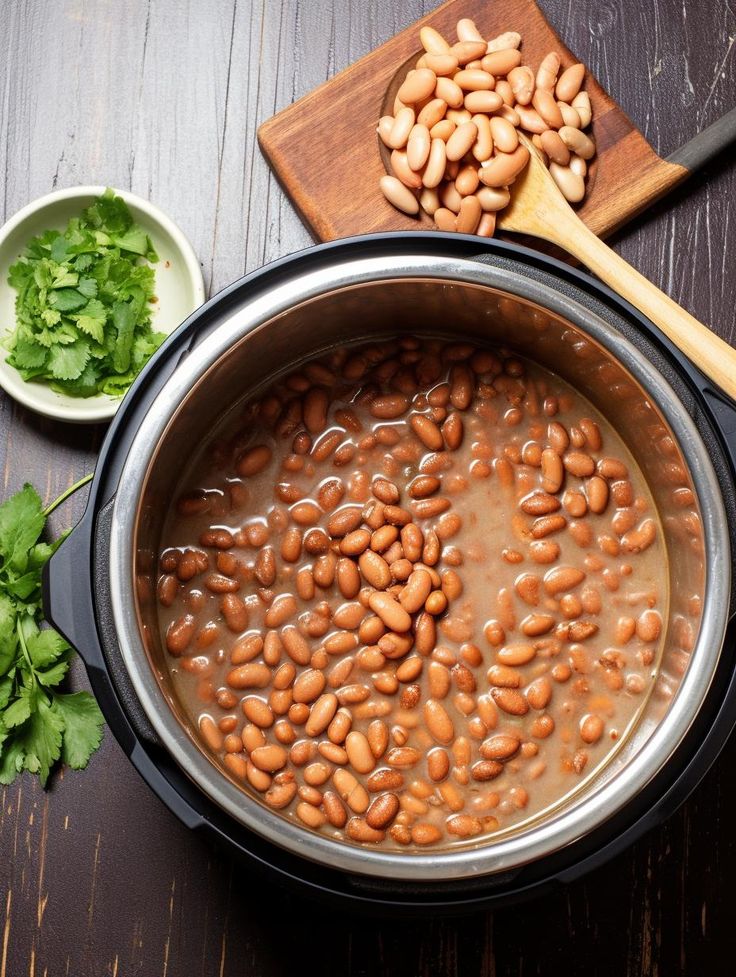
Minimum Order Quantity (MOQ) & Bulk Pricing for Iranian Pinto Bean Buyers
..
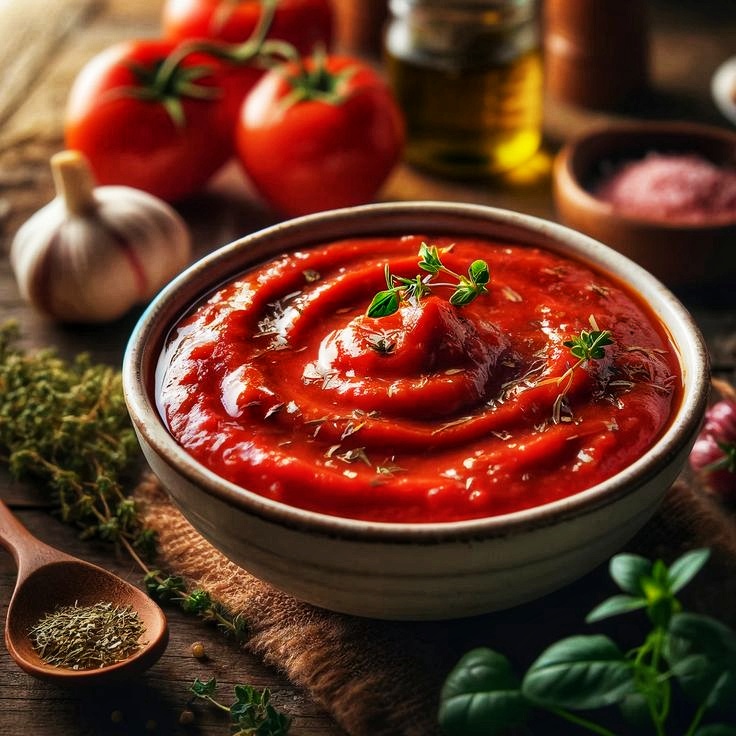
Tags
Decoding the Leaves: Understanding the Specifications of Iranian Tea
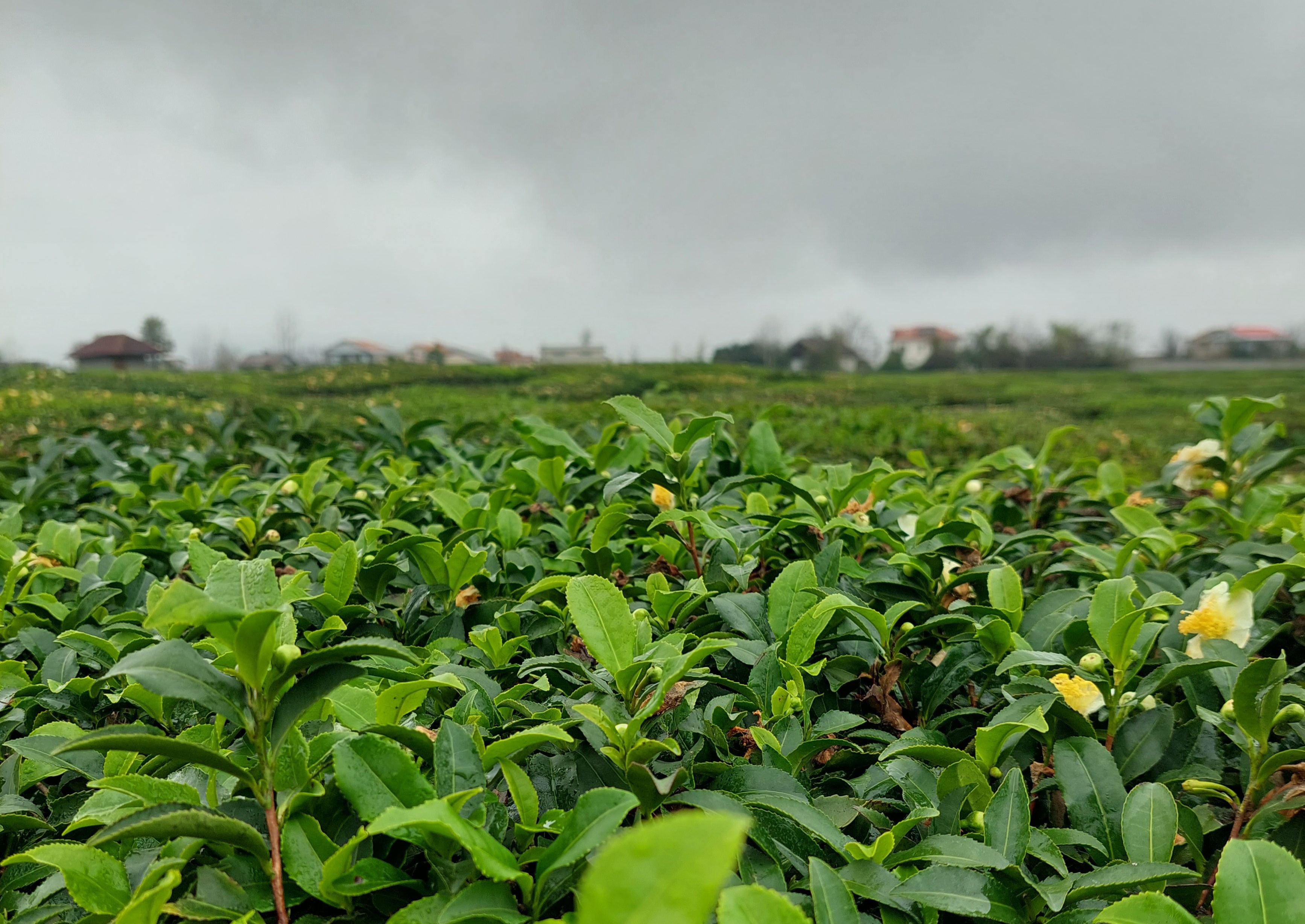
Iranian tea, or “chai,” is a beloved beverage deeply ingrained in Iranian culture. Grown primarily in the northern regions of Iran along the Caspian Sea, Iranian tea possesses unique characteristics shaped by the local climate, soil, and processing methods. This post will delve into the specifications of Iranian tea, providing you with the knowledge to appreciate its nuances and select the perfect tea for your taste.
1. Growing Regions and Climate
• Caspian Region: Iranian tea is primarily cultivated in the lush, green hills of the Caspian region, particularly in the provinces of Gilan and Mazandaran.
• Temperate Climate: The mild, humid climate of this region, with ample rainfall and moderate temperatures, provides ideal conditions for tea cultivation.
• Unique Terroir: The specific soil composition and environmental factors contribute to the distinctive flavor profile of Iranian tea.
2. Types of Iranian Tea Leaves
Iranian tea comes in various leaf grades, each offering a different flavor and brewing experience:
• Broken Leaf Tea (شکسته - Shekasteh): The most common type, consisting of broken tea leaves. It brews quickly and produces a strong, full-bodied flavor.
• Pekoe Tea (پیکو - Pekoe): Made from young tea leaves and buds. It has a more delicate flavor and aroma than broken leaf tea.
• Souchong Tea (سوچونگ - Soochong): Consists of larger, more mature tea leaves. It offers a milder flavor and aroma.
• Gunpowder Tea (باروتی - Barooti): Rolled into small pellets, resembling gunpowder. It has a strong, intense flavor and brews quickly.
• Specialty Teas: Some Iranian tea producers also offer specialty teas, such as green tea, white tea, and flavored teas.
3. Processing Methods
The processing method plays a significant role in shaping the characteristics of Iranian tea:
• Orthodox Processing: Involves traditional methods such as withering, rolling, oxidation (fermentation), and drying. This method preserves the integrity of the tea leaves and results in a more complex flavor profile.
• CTC (Crush, Tear, Curl) Processing: A more modern method that involves crushing, tearing, and curling the tea leaves. This method produces a more uniform tea with a stronger color and flavor, often used for broken leaf teas.
4. Key Characteristics and Flavor Profile
Iranian tea is known for its:
• Color: A rich, amber-red color when brewed.
• Aroma: A distinctive aroma that can range from malty and earthy to floral and fruity, depending on the tea type and processing method.
• Flavor: A full-bodied flavor with a slight astringency and a hint of sweetness. The flavor can vary depending on the leaf grade and brewing time.
• Strength: Generally stronger than many other types of tea, requiring a shorter brewing time and less tea per cup.
5. Brewing Tips for Iranian Tea
• Use Fresh Water: Start with fresh, filtered water for the best flavor.
• Warm the Teapot: Rinse the teapot with hot water to warm it before adding the tea leaves.
• Tea-to-Water Ratio: Use approximately 1 teaspoon of tea leaves per cup (adjust to your taste).
• Brewing Time: Brew for 3-5 minutes, depending on the tea type and desired strength.
• Serve with Nabāt (نبات): Iranian tea is often served with nabāt, a crystallized sugar stick, for added sweetness.
• Enjoy in a Traditional Glass: Serve in a clear glass to appreciate the tea’s beautiful color.
6. Quality Specifications and Standards
• ISO Standards: Iranian tea production often adheres to ISO standards for quality and food safety.
• Moisture Content: The moisture content of the tea should be within acceptable limits to prevent spoilage.
• Foreign Matter: The tea should be free from foreign matter and contaminants.
• Leaf Appearance: The tea leaves should have a uniform color and appearance, free from excessive stems or dust.
7. Choosing the Right Iranian Tea
• Consider Your Taste: Experiment with different leaf grades and processing methods to find the tea that suits your palate.
• Look for Freshness: Choose tea that is recently harvested and properly stored.
• Buy from Reputable Sources: Purchase from trusted suppliers who offer high-quality Iranian tea.
Conclusion
Understanding the specifications of Iranian tea allows you to appreciate its unique qualities and select the perfect tea for your brewing pleasure. From the growing regions and leaf types to the processing methods and brewing tips, exploring the nuances of Iranian tea is a journey into the heart of Persian culture.
Discover the authentic taste of Iranian tea. Browse our selection of premium Iranian teas today!



